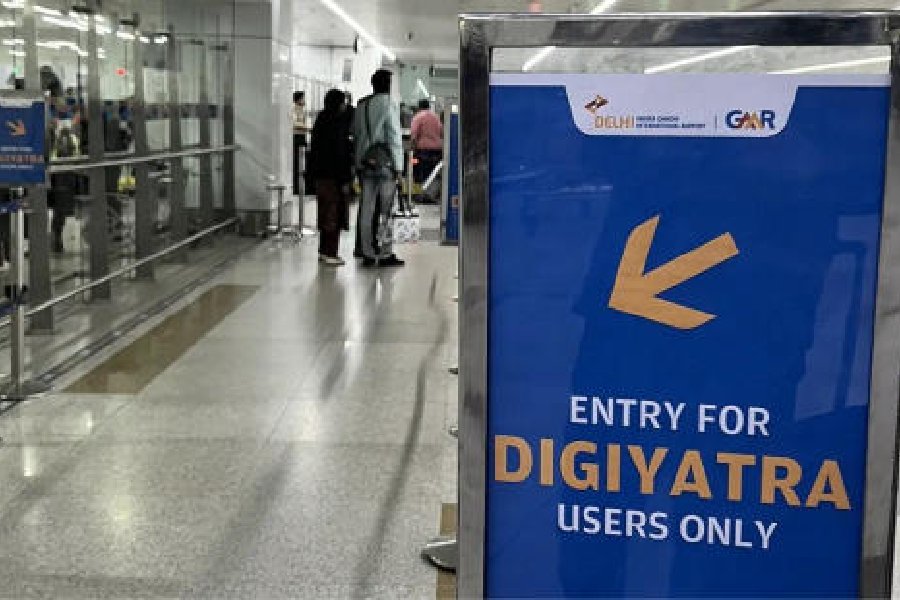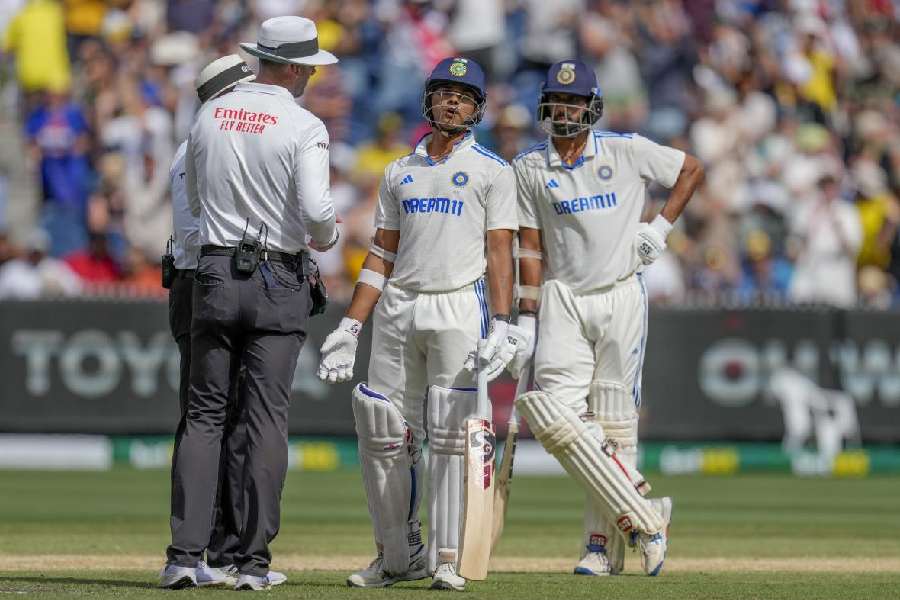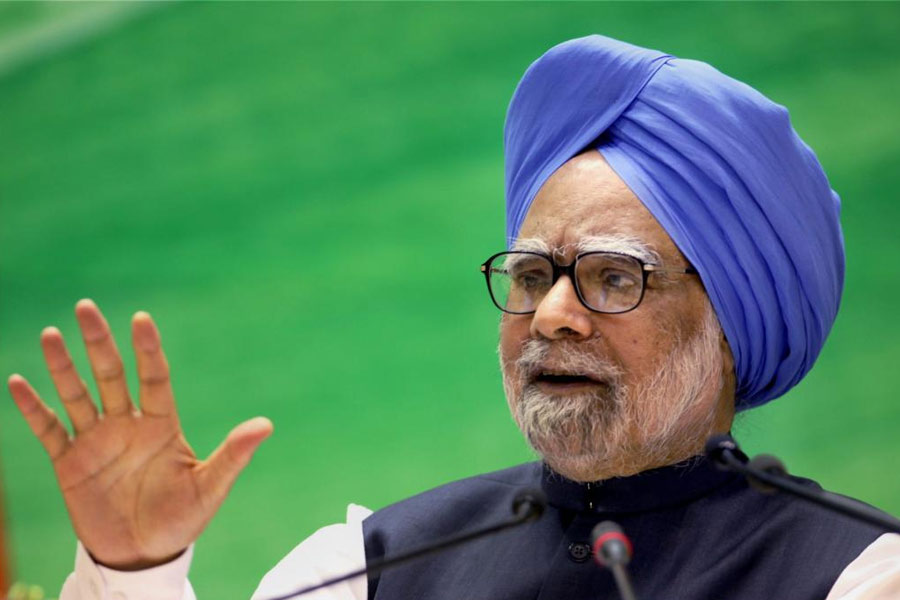The number of children in non-institutional care, including those in foster care, has increased fourfold between 2021-22 and 2023-24, according to government data.
In the financial year 2021-22, 29,331 children were covered by non-institutional care. This number increased to 62,675 in 2022-23 and to 1,21,861 in 2023-24, it stated.
In a recent letter to states and Union Territories (UTs), the women and child development (WCD) ministry said this rise may be because of the government's initiatives in strengthening family-based care to all children in difficult circumstances.
The ministry, however, acknowledged that despite the increase in approvals and fund releases for non-institutional care during 2023-24, the expenditure has been slow in most states until the quarter ending June 2024.
It has asked all states and UTs to review and expedite expenditure. District-level officials have been instructed to ensure Direct Benefit Transfer (DBT) enabled Aadhaar-based release of funds under the non-institutional care component, the ministry said.
Highlighting the rise in number of children in non-institutional care and its efforts under the Vatsalya Mission, the ministry said the mission provides a monthly grant of Rs 4,000 per child for sponsorship, foster care, and "after care".
Guidelines stipulate that every district must have a Sponsorship and Foster Care Approval Committee (SFCAC) under the district magistrate to implement and monitor these programmes. Eligible cases are referred to Child Welfare Committees (CWCs) for the final order for sponsorship or foster care -- facilities for those leaving institutional care after turning 18.
The WCD ministry has also shared the new foster care guidelines with states and UTs.
In its letter, the ministry has requested personal attention and appropriate direction from state and UT authorities to ensure faster implementation of these initiatives for the welfare of Children in Need of Care and Protection (CNCP) and Children in Conflict with Law (CCL).
Child rights activist Sanjay Gupta said the grant can be realised only if there is better convergence among various departments in states. He noted that in many states, District Child Protection Units are still in the initial stages, overloaded, and multitasking.
"CWCs lack proper orientation, training, and infrastructure; beneficiaries lack basic legal documents like Aadhaar cards or bank accounts; state child protection societies are less active; and there is a lack of awareness among common people about the Vatsalya Mission scheme," said Gupta, Director of Childhood Enhancement through Training and Action (Chetna).
“We request the ministry to undertake a rapid state-wise assessment of the status of statutory compliance needed for the disposal of grants under the Vatsalya Mission and the reasons why grants have not been released in time," added Gupta.
Except for the headline, this story has not been edited by The Telegraph Online staff and has been published from a syndicated feed.











